SCI-TECH | The Indian Ocean is the third largest ocean in the world
Memento Maxima Digital Marketing
@[email protected]
SPACE RESERVE FOR ADVERTISEMENT
.
How Warm Is the Water in the Indian Ocean?
The temperature in the Indian Ocean varies depending on the location and the ocean’s currents. The closer to the equator you measure, the warmer the water temperature will be. In some coastal regions near the equator, the water temperature can rise to about 82 degrees Fahrenheit or 28 degrees Celsius. The average temperature of the Indian Ocean is about 71 degrees Fahrenheit or 22 degrees Celsius. The closer you measure to the southern regions of the ocean near the pole, the cooler the temperatures will be.

How Wide Is the Indian Ocean?
The Indian Ocean is about 7,600 miles (4,700 km) wide at its widest point between Africa and Australia. There are even small islands located within the massive body of water such as Madagascar, Sri Lanka, Mauritius, Maldives, Seychelles, and Comoros. Many of the islands in the Indian Ocean are located along the coastlines of continents, while some others are hundreds of miles away from any other landmass.
When Was the Indian Ocean Named?
The Indian Ocean was named in 1515 after the country of India as it projects into it. The word ocean itself comes from ōkeanos, a Greek word. It was derived from the Titan father of almost 3,000 river gods, Oceanus, as stated in Greek mythology. The names of the oceans have changed throughout history. In the mid-sixth century BC, the Atlantic Ocean was referred to as the Aethiopian Ocean or in some cases, the Great Western Ocean by cartographers from various countries.
The Indian Ocean was also referred to as the Western Oceans in the 15th century by Chinese cartographers. On the other side, the Indian Ocean was referred to as the Eastern Ocean by western geographers in the 18th century. And it doesn’t end there. In Ancient Greece, it was known as the Erythraean Sea, and to Indian cultures, it was referred to as the Sindhu Mahasagara.
Even up until more recent years, the naming of the Indian Ocean has been a source of contention amongst various nations. In the 1960s and 70s, both Pakistan and Indonesia considered the naming of the Indian Ocean to be a form of appropriation by India and wanted other names to be considered. Some alternatives to the name included the Eastern Ocean and the Afro-Asian Ocean.
Indian Ocean and Trade
Trade is really important in the Indian Ocean and has been established for many centuries. Trade routes have connected places like Southeast Asia, East Africa, Arabia, and India since as early as the third century BCE. Traders were using these trade routes well before the first Europeans discovered the Indian Ocean.
Major empires like the Mauryan Empire, Achaemenid Empire, Han Dynasty, and the Roman Empire were utilizing the Indian Ocean trade routes between the 4th century BCE and 3rd century CE. Goods like silk from China, and Persian jewels were among some of the highly valued things traded using the routes. Not only were valuable goods traded using these routes, but religious thought as well. Hinduism, Buddhism, and Jainism, were among some of the religions that were spread to other places via access to the trade routes.
Ads by:
Memento Maxima Digital Marketing
@[email protected]
SPACE RESERVE FOR ADVERTISEMENT
.
What Kind of Creatures Live in the Indian Ocean?
With the waters being as warm as they are in the Indian Ocean, it does have an effect on just how many creatures and plant life can live in this particular ocean. However, the Indian Ocean still has a very wide variety of creatures living within it. Let’s take a look at some of the creatures you can find living in this ocean.
The Green Sea Turtle
The green sea turtle is the largest of all the hard-shelled turtles. What stands out most about this sea turtle is that they are herbivores and prefer to eat mostly algae and seagrass. Because their diet is comprised mostly of green plant matter, it causes their fat to become a green color as well. This is where the name green sea turtle stems from.
Although the Indian Ocean is one of the places where green sea turtles can be found, it is not the only one by far. Green sea turtles are actually found all throughout the world and nest in over 80 different countries. You can also find them in the coastal regions of over 140 various countries.
Unfortunately, green sea turtles have been historically targeted for meat, fat, and eggs, which caused their global population to decline. Because of this, the United States, along with many other countries, prohibited the killing of sea turtles as well as the collection of their eggs. Although this has definitely helped the conservation efforts of the green sea turtle, there are still some areas where they are killed for their meat or shells, which threatens the full recovery of the green sea turtles’ population.
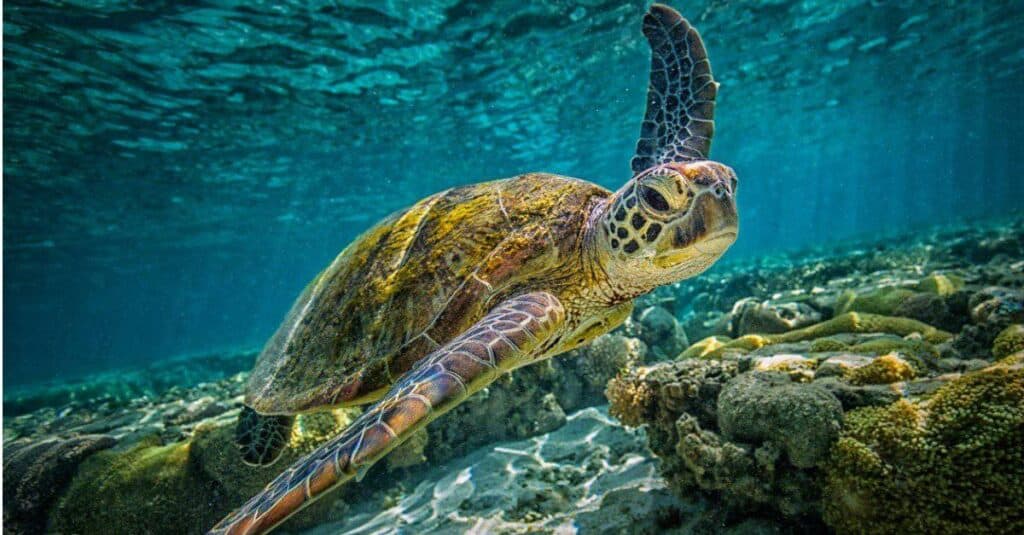
The Chagos Anemonefish
This fish is a type of clownfish that is light to dark brown in color. It is actually unique to the Indian Ocean, meaning it can only be found here and in no other ocean in the world! Clownfish have a mutually symbiotic relationship with anemones. Anemones help protect clownfish from predators while also providing them with food in the form of scraps. Anemones kill fish that swim near them by stinging them with their tentacles and then eating them. The clownfish, however, are not affected by the sting of the anemone.
It is believed that clownfish do not get stung by anemones due to a coating of mucus on their skin. Not only do anemones protect the clownfish from predators, but the clownfish help lure fish into the anemone by their bright colors. So fish that might have been predators to the clownfish end up becoming the prey of the anemone. Clownfish also help anemones out by fertilizing them with their feces.
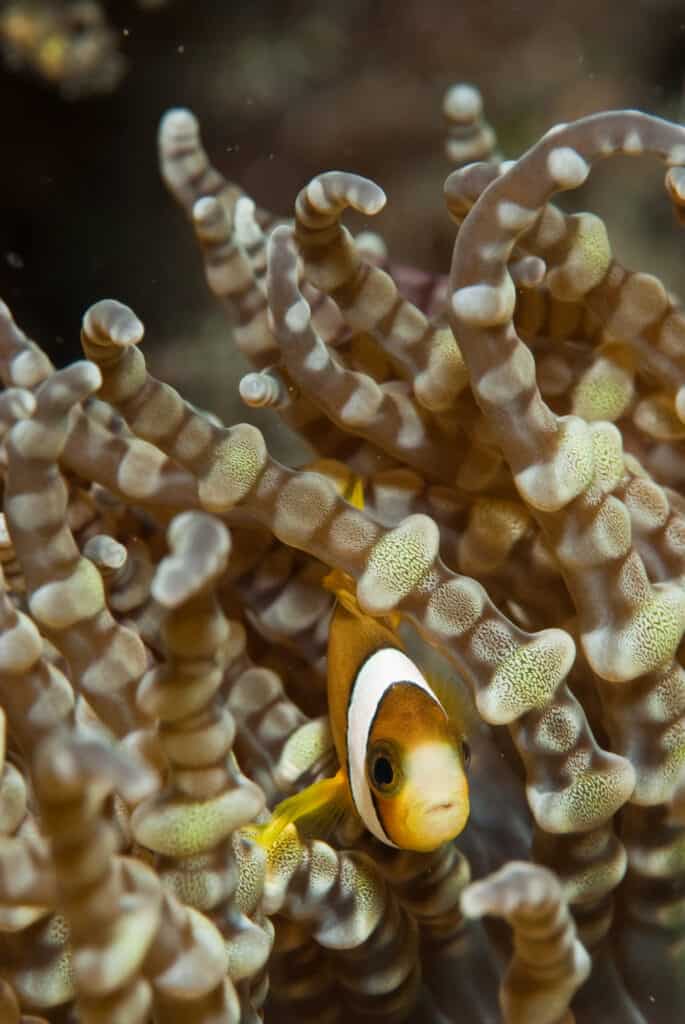
The Lionfish
The lionfish is a popular addition to aquariums thanks to its unique and dazzling look, but it’s actually a carnivorous fish that is native to the Indo-Pacific. It is now considered an invasive species to The Atlantic Ocean and poses a risk to reef ecosystems. This is because it is an excellent predator and competes with other fish for both food and space.
It is also feared that the lionfish will also kill off certain species that are helpful to the ecosystem like the parrotfish. If that were to happen, seaweed could then overtake the reefs. The lionfish is in no danger of going extinct anytime soon. That is because lionfish do not have any known predators. They are also able to reproduce all throughout the year. Just one mature female lionfish is able to release about two million eggs in a single year.
Their habitats stretch all the way from Australia to Japan, and South Korea. Within that region, you can find twelve different lionfish species. As mentioned before, these fish are great predators. They feast on smaller fish and shrimp. Lionfish can appear quite aggressive when cornering their food. They will back their prey against rocks or reefs before attacking the fish and then swallowing it whole. Their stomachs are able to handle it because they can expand up to 30 times their normal size.
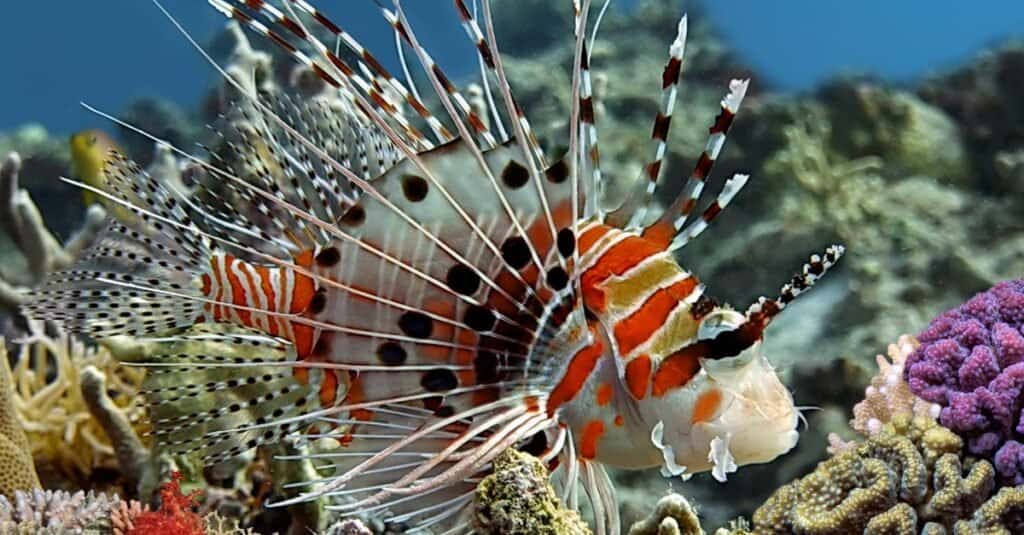
Indian Ocean and Pollution
As beautiful as the Indian Ocean is with all of its various forms of life, it is, unfortunately, the second most polluted ocean in the world. There are over one trillion pieces of plastic waste floating in the Indian Ocean. You may have heard of “plastic islands” that are in some of the oceans, but the reality is much worse for the Indian Ocean, because the plastic is not just centralized, but spread out all throughout the ocean. Although there are other materials like glass and wood that litter our oceans, 99.9% of it is plastic.
Most of the garbage that is in the Indian Ocean can be found in what’s called the Indian Ocean garbage patch. This “patch” was created because two rivers of the top 10 most polluted rivers in the world have mouths that feed directly into the Indian Ocean. It is estimated that there are roughly 5 trillion pieces of plastic in total in the oceans throughout the world. The first most polluted ocean is the Pacific Ocean with around 2 trillion pieces of plastic waste floating within it. Thankfully, organizations like The Ocean Cleanup have developed technologies that allow them to help clear the earth’s oceans of plastic waste and are currently being put into place.
The Featured Image
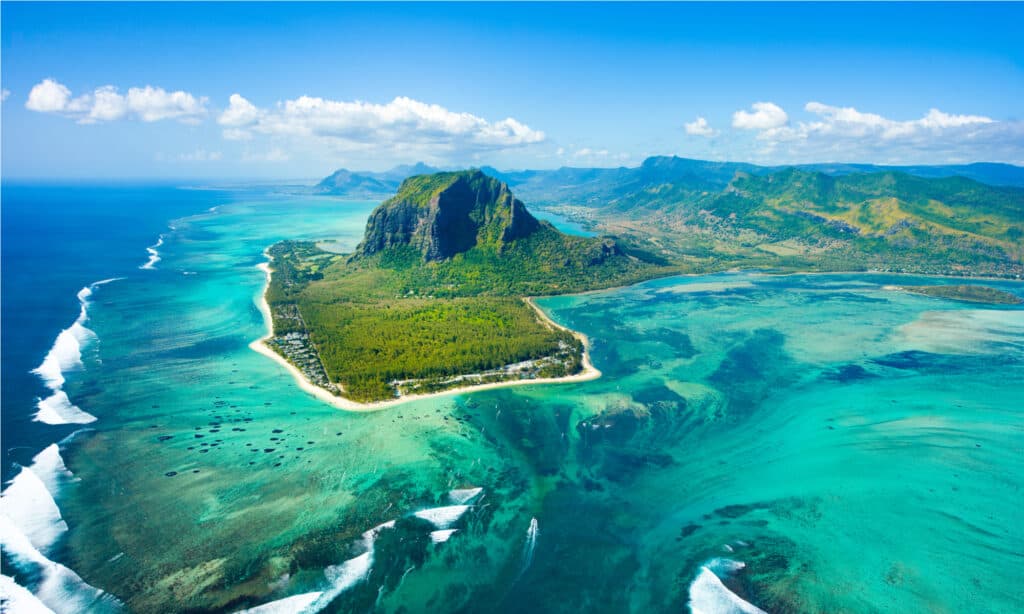


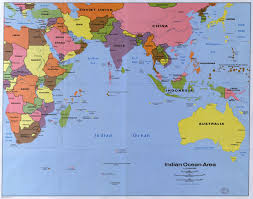 The Indian Ocean is the third largest ocean in the world behind the
The Indian Ocean is the third largest ocean in the world behind the 








